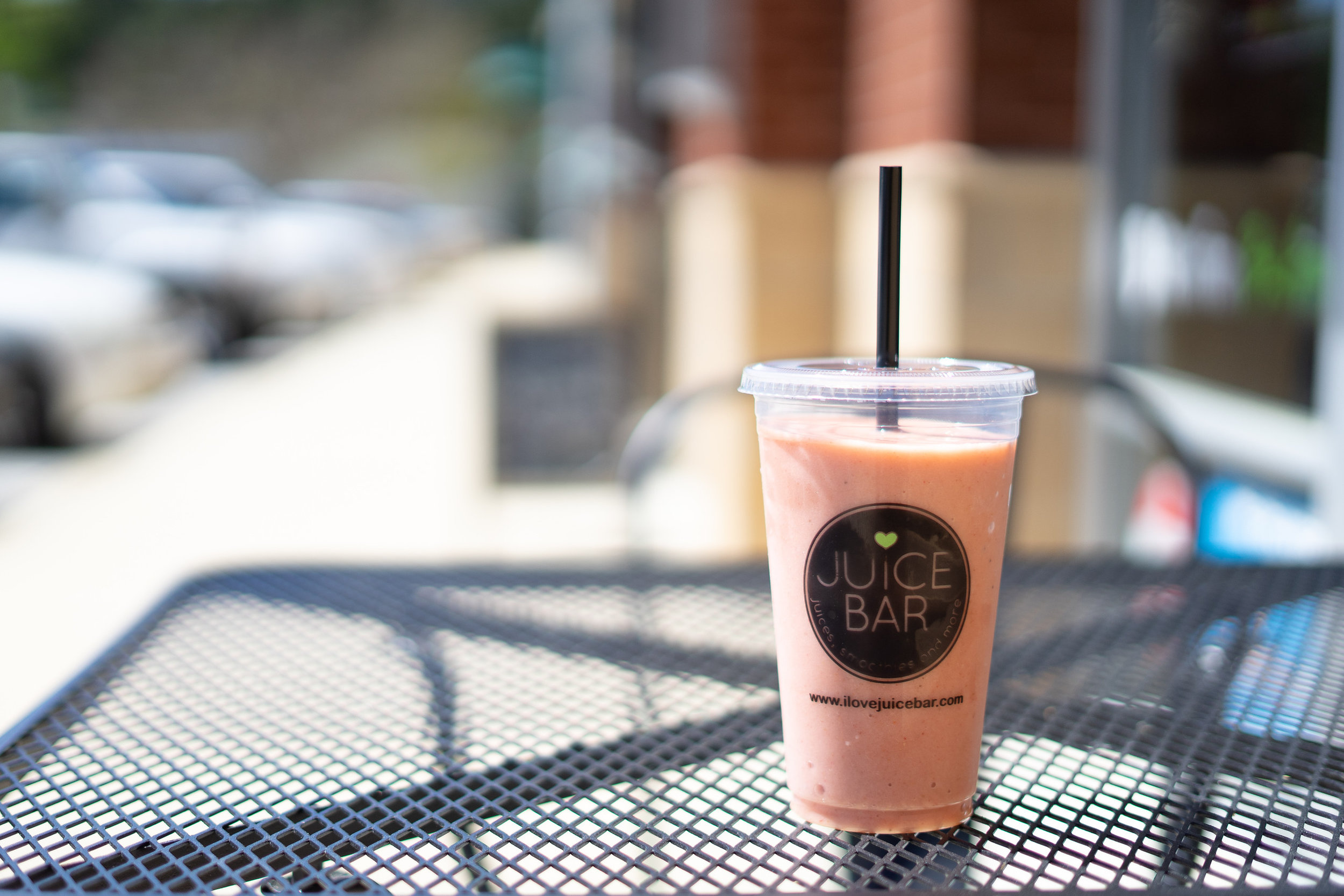Let's Be Basic: Exploring the Health Benefits of Pumpkin Spice Lattes

The Spice of Life
Three delicious words flooded social media on Aug. 28: Pumpkin. Spice. Latte. The top-selling seasonal drink provides caffeine and comfort to people in the so-called “autumn” months, whether it’s below 90 degrees or not. The fall flavor combination has many coffee lovers hooked. You either love it or you hate it. But what exactly is IT? To answer this, let’s break it down to BASICS.
Pumpkin
The gourd of gourds. They may simply be a fun Halloween decoration to most, but these plump veggies are packed with nutrients. With only one cup providing 197 percent of your daily vitamin A needs, pumpkins can boost our immune system, growth/development, and vision.
They are also high in vitamin C, which helps with immunity, bone health, and the prevention of diseases such as scurvy. If you have trouble with blood pressure, the potassium in pumpkins can help. With only traces of fat, they can even be used as a low-fat substitution for butter in some recipes. Pumpkins have so much more to give than decoration!
Spice
When you hear “spice it up,” I bet you don’t think about the nutritional value of spices, but their vitamin and mineral content may surprise you. Pumpkin spice lattes include cinnamon, nutmeg, and clove to create a flavor-packed drink.
Along with adding a festive flare to whipped cream on the latte, cinnamon adds antioxidants to your diet. Antioxidants protect your body against damaging free radicals. Nutmeg comes from evergreen tree seeds and is packed with nutrients ranging from fiber to folate. Clove is also high in dietary fiber, which is great for digestion. Even though the pumpkin spice latte is typically only topped with these spices, knowing its nutritional value gives you better insight into the health benefits of using these three fall-favorite spices in your cooking.
Latte
Latte is the last word in our trending phrase, but milk is the first word on the ingredients list. A latte is simply a type of coffee including espresso and a “whole latte” milk. No matter which milk you choose to be the base of your fancy fall drink, it quickly becomes the most impactful part of the nutrition facts. Starbucks offers nonfat, 2-percent fat, whole, almond, soy, and coconut milk options.
Milk made from dairy provides the most calcium and protein by far, giving you substantial energy and healthy bones. However, for people with dairy allergies or intolerances, the three remaining milk options each have their own nutritional advantages. So, find the milk that fits for you!
Whether your craving for a pumpkin spice latte stems from the need for caffeine, a photo opp, or fall cultural immersion, I hope you drink it with a little more confidence now. When is the best time to look at nutrition facts? When you’re sweating in the Starbucks food truck line in October to order your “Fall beauty”—the pumpkin spice latte.
Be well, Auburn.
Story by Lauren H.
Auburn University Nutrition Team
Photography by Jack P.
Are you interested in getting professional, individualized nutrition advice?
The registered dietitians/nutritionists on the Auburn University Nutrition Team assist clients with grocery shopping, meal planning, weight management, food allergies/intolerances, gastrointestinal issues, disease prevention, sports nutrition, eating disorder recovery, and women’s health issues.
Our Nutrition Team offers a variety of services including nutrition consults, grocery store tours, dietary evaluations, and more.
Visit the website for detailed information.








